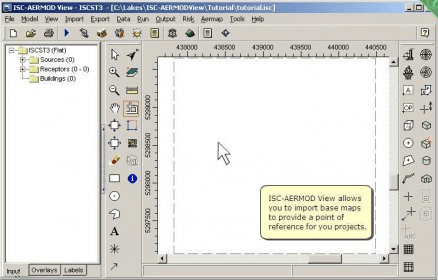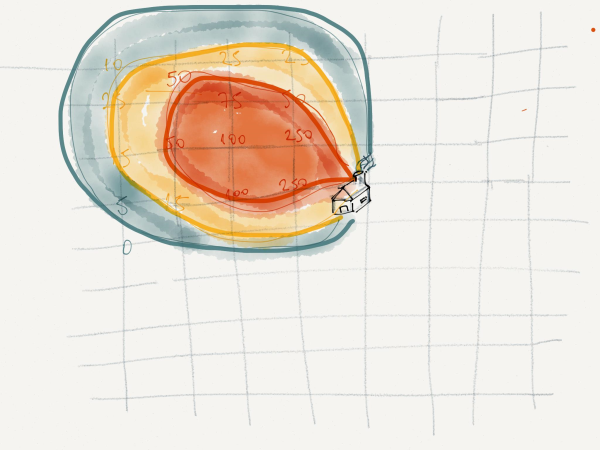


The benefit to society is the avoided damages of $25 per ton times the 100 tons abated, or $2,500. Society is made better off if the firm increases its abatement from 0 to 100 tons. In practice, the shape of this curve will be pollutant-specific (and might well be location- and time-specific). Equivalently, the dollar value of the marginal damages of pollutionįIGURE B-1 Pollution abatement (horizontal axis) and cost per ton of abatement (vertical axis).įor this plant is $25 per ton. Each ton of pollution avoided reduces incremental damages to society.įor purposes of this example, we assume that the marginal benefit of pollution abatement is constant and equal to $25 per ton of abated pollution. The marginal benefit of pollution abatement is simply a restatement of the marginal damages from pollution. The reduction could be a combination of reduced mortality risk and reduced morbidity summed over different populations. The horizontal line labeled “Marginal Benefit” is a measure of the reduction in aggregate damages across all people affected by pollution from this plant. In the absence of any policy intervention, the hypothetical firm will engage in no pollution abatement and incur no private abatement costs. The upward sloping line labeled “Marginal Abatement Cost” measures the cost to the firm for each additional ton of pollution reduction. Both approaches are used in the literature. Whereas Figure 1-1 focuses on optimal pollution levels, the discussion in this appendix focuses on optimal abatement activities. The figure provides an alternative approach to that shown in Figure 1-1 of Chapter 1 but leads to the same conclusion. To illustrate that relationship, Figure B-1 diagrams pollution abatement along the horizontal axis and measures of cost per ton of abatement along the vertical axis.

Initial pollution reductions are relatively inexpensive to carry out, but costs rise as the firm reduces its pollution further. It can carry out various activities to abate pollution. Consider a firm generating electricity that releases air pollutants as a by-product. A Simple Diagrammatic Example of an ExternalityĪ simple stylized example helps illustrate the concept of an externality.


 0 kommentar(er)
0 kommentar(er)
